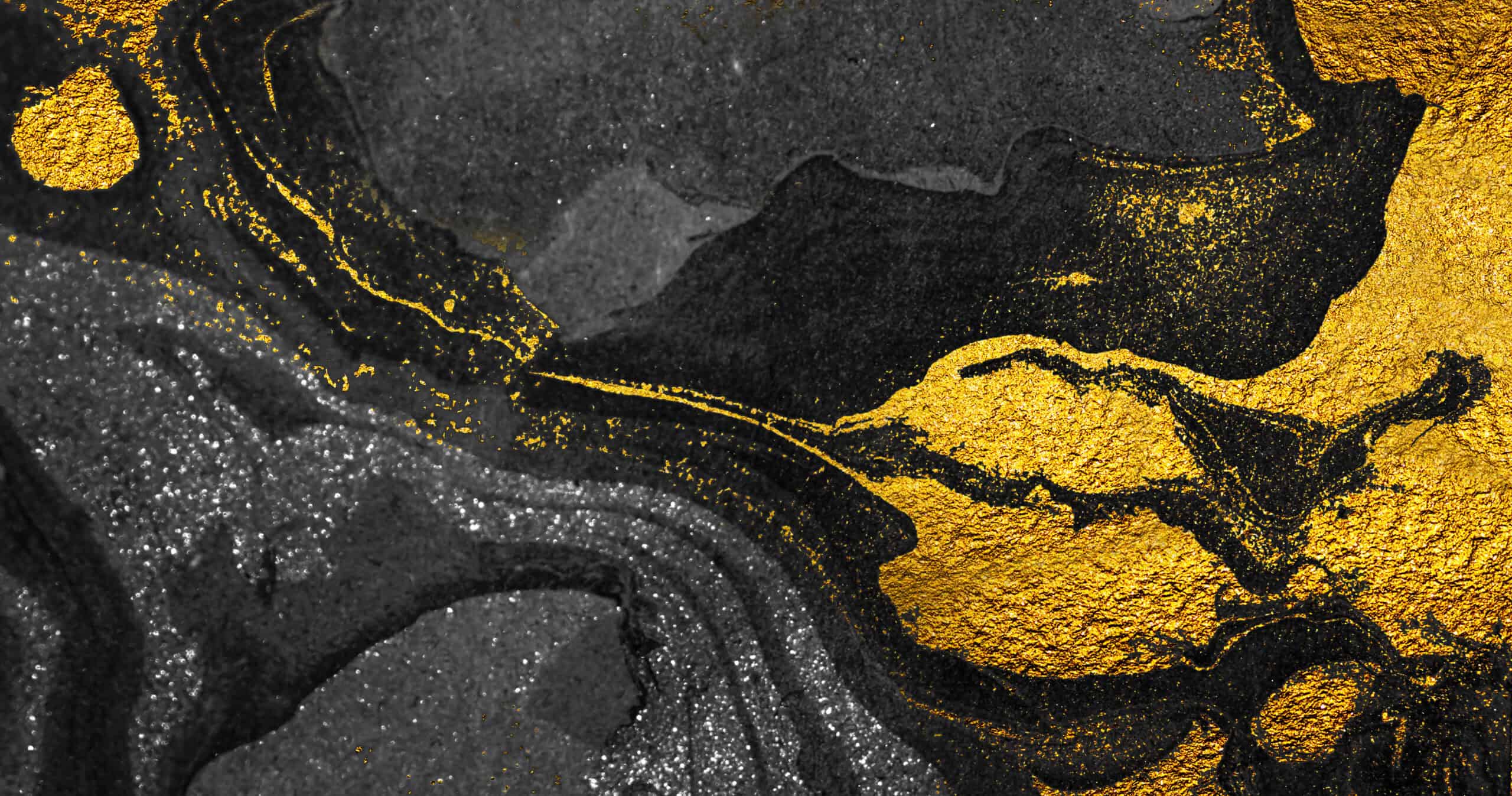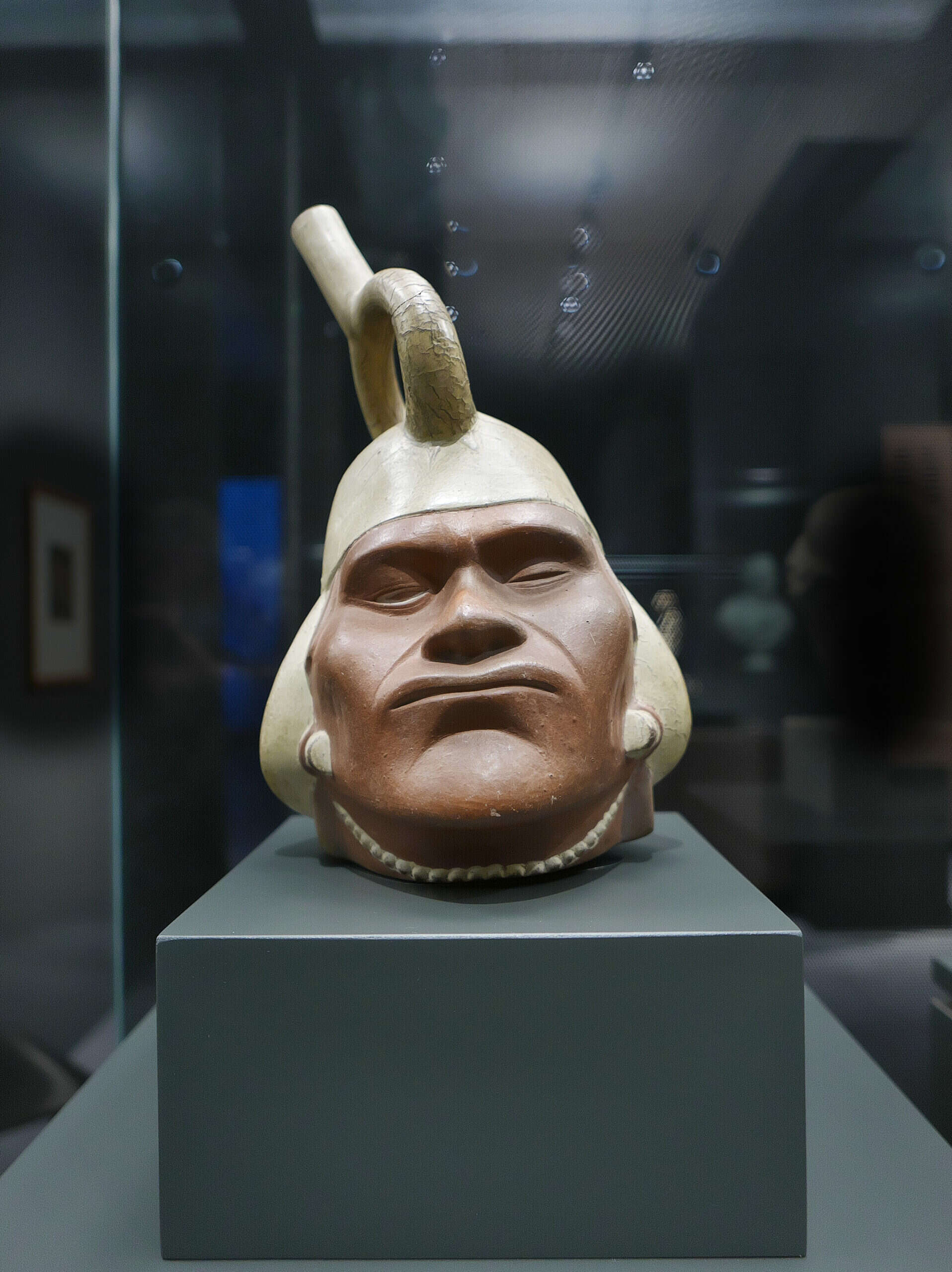Hidden valleys around the world are home to some of the rarest and most fascinating birds on the planet. These secluded habitats provide the perfect refuge for species that thrive away from human activity, offering a glimpse into nature’s untouched beauty. From the vibrant Resplendent Quetzal of Central America to the elusive Kokako of New Zealand, each bird has adapted uniquely to its environment. Protecting these hidden gems is crucial for maintaining biodiversity and ensuring that these extraordinary birds continue to enchant future generations. Explore these valleys and discover the remarkable avian inhabitants that call them home.
Marvellous Spatuletail (Loddigesia mirabilis)
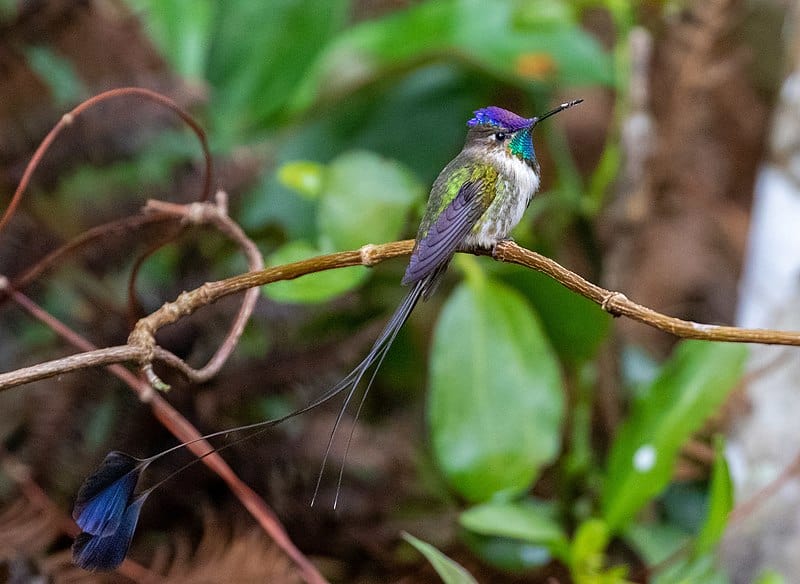
Nestled deep within the lush valleys of northern Peru, the Marvellous Spatuletail boasts unique spatula-shaped tail feathers. This stunning hummingbird, with its iridescent blue and green plumage, thrives in secluded areas with abundant flowers. The males perform incredible aerial displays to attract females, adding to their mystique. Endemic to this region, conservation efforts are crucial to protect their dwindling population. Observing these birds in their hidden habitat is a rare and captivating experience.
Wallcreeper (Tichodroma muraria)
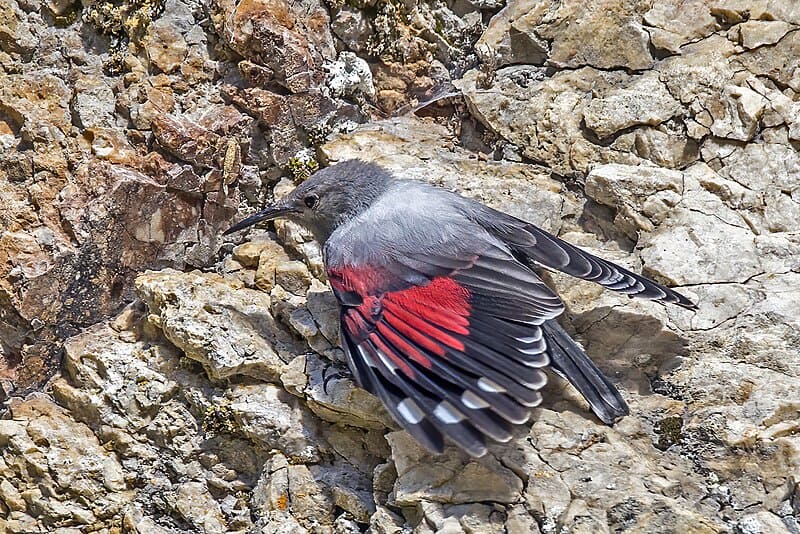
In the hidden crevices of the Eurasian mountains, the Wallcreeper builds its nests. Known for its crimson wings and unique climbing abilities, this bird navigates rocky surfaces with ease. Their preference for remote cliffs makes them a rare sight even for avid bird watchers. Their song, a series of high-pitched whistles, echoes through the valleys, adding to the serene ambiance. These birds epitomize the beauty of avian life in the most secluded places.
Resplendent Quetzal (Pharomachrus mocinno)
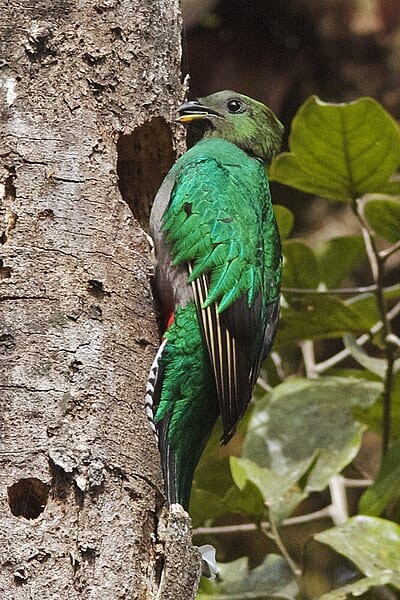
The cloud forests of Central America hide the vibrant Resplendent Quetzal, a bird of myth and legend. With its iridescent green feathers and long tail plumes, it symbolizes freedom and wealth in ancient cultures. These birds prefer nesting in rotting trees in the depths of valleys, away from human interference. During mating season, males flaunt their colors in spectacular flights. Protecting their habitats is vital for the survival of this majestic species.
Caucasian Snowcock (Tetraogallus caucasicus)
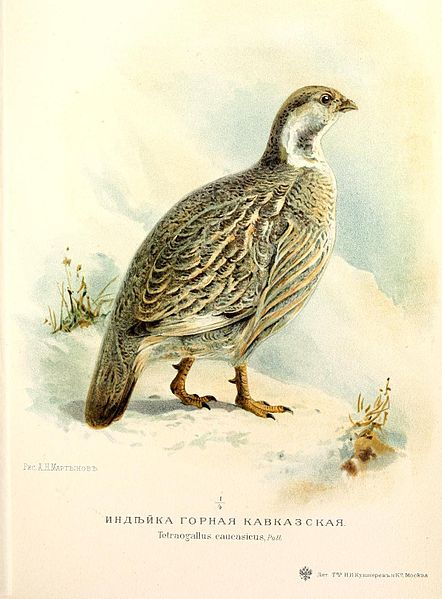
The rugged valleys of the Caucasus Mountains shelter the elusive Caucasian Snowcock. This large bird, with its grey and white plumage, blends seamlessly with its rocky environment. Its powerful legs allow it to traverse steep, mountainous terrain, often at altitudes above 2,000 meters. They are ground-nesting birds, which makes spotting them a true challenge. Their loud, distinctive calls can occasionally be heard echoing through the valleys.
White-tailed Ptarmigan (Lagopus leucura)
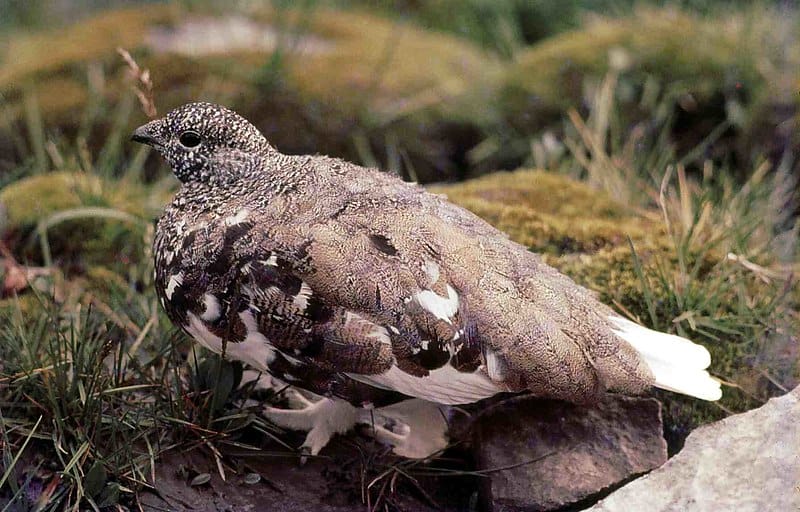
In the secluded valleys of North America’s high alpine regions, the White-tailed Ptarmigan finds refuge. This small grouse is perfectly adapted to cold climates, with its white winter plumage providing excellent camouflage against the snow. During summer, its feathers turn brown to blend with the rocky terrain. They nest in shallow depressions lined with moss and lichen, far from human activity. Observing these birds requires patience and a keen eye.
Sulawesi Thrush (Cataponera turdoides)
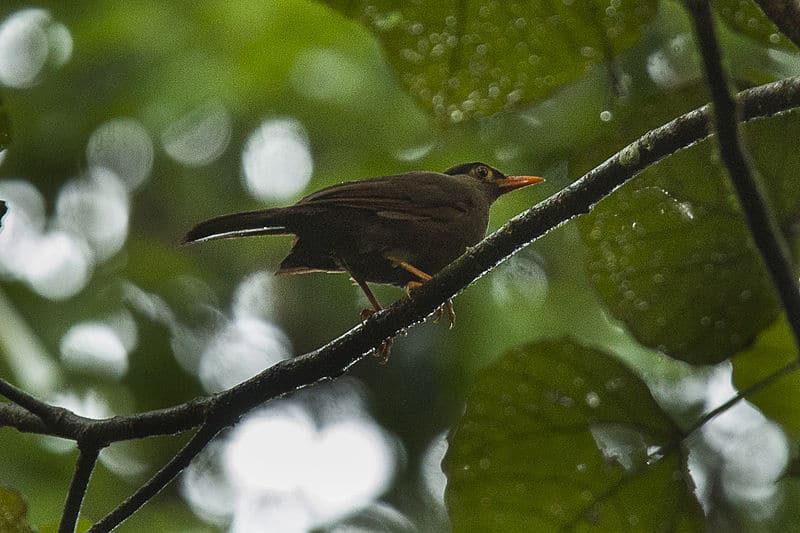
Endemic to the Indonesian island of Sulawesi, the Sulawesi Thrush inhabits dense montane forests within hidden valleys. This bird is notable for its olive-brown plumage and melodious song, often heard before it is seen. They build their nests in low shrubs, well concealed from predators. These thrushes are incredibly elusive, making encounters with them a rare treat for bird enthusiasts. Conservation of their habitat is crucial for their continued survival.
Himalayan Monal (Lophophorus impejanus)
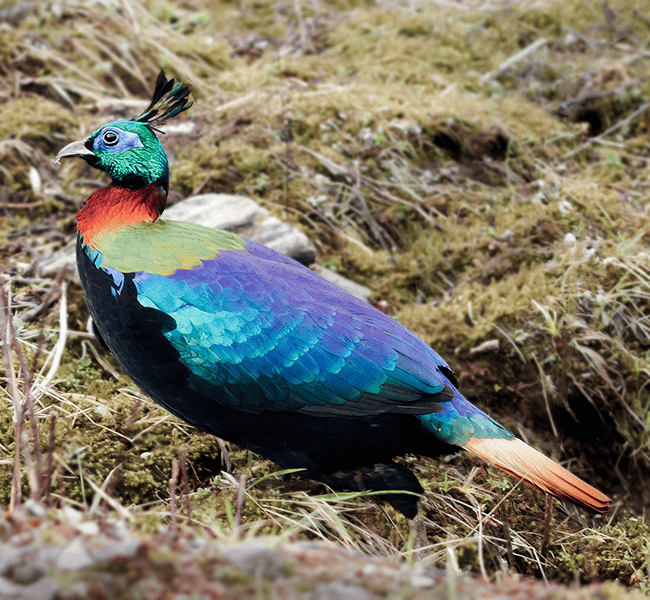
The breathtaking valleys of the Himalayas are home to the colorful Himalayan Monal. With its metallic green, blue, and red plumage, this pheasant is a visual spectacle. They prefer to nest in high-altitude forests and alpine meadows, where they forage for roots and insects. Their presence is often marked by their distinctive whistling calls. Protecting these pristine environments is essential to safeguard the future of this striking bird.
Palila (Loxioides bailleui)
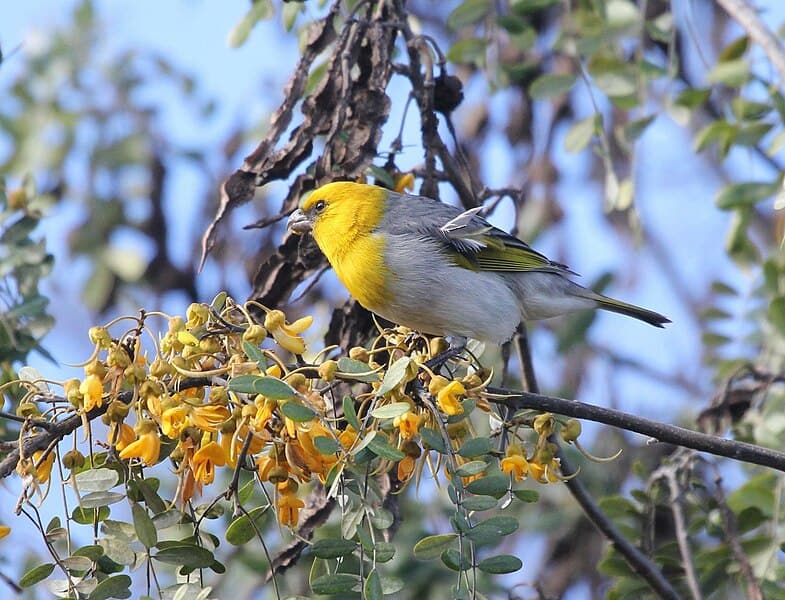
On the slopes of Mauna Kea in Hawaii, the Palila finds sanctuary in remote valleys. This finch-like bird has a distinctive yellow head and a melodic song that resonates through the sparse forests. They feed primarily on the seeds of the mamane tree, making their habitat highly specialized. Efforts to restore their environment are ongoing, as their population has drastically declined. Encountering a Palila is a rare and memorable experience.
Rufous-vented Ground-Cuckoo (Neomorphus geoffroyi)
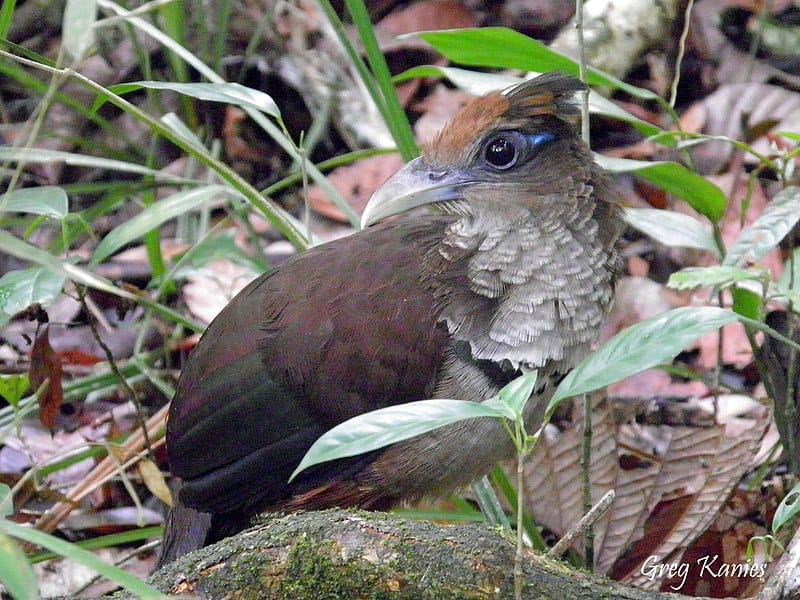
In the dense undergrowth of Central and South American forests, the Rufous-vented Ground-Cuckoo thrives. This large bird, with its striking blue and brown plumage, is known for following army ant swarms to catch insects. Their nests are well hidden in thick vegetation, providing excellent protection from predators. Despite their size, these birds are notoriously difficult to spot. Their rarity makes sightings highly prized among bird watchers.
Black-capped Vireo (Vireo atricapilla)
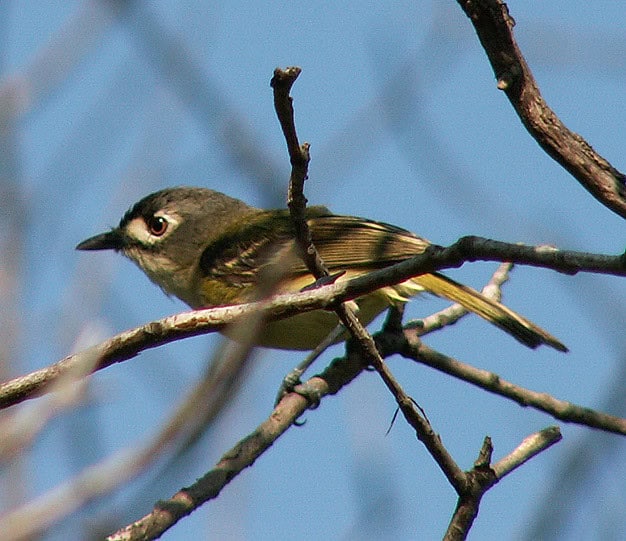
The hidden valleys of Texas and Mexico provide a haven for the Black-capped Vireo. This small songbird, with its distinctive black cap and white spectacles, prefers nesting in dense shrublands. Their sweet, complex songs can often be heard before the bird is seen. Habitat destruction has severely impacted their numbers, making conservation efforts vital. These vireos exemplify the delicate balance of nature in secluded environments.
Goldie’s Bird-of-Paradise (Paradisaea decora)
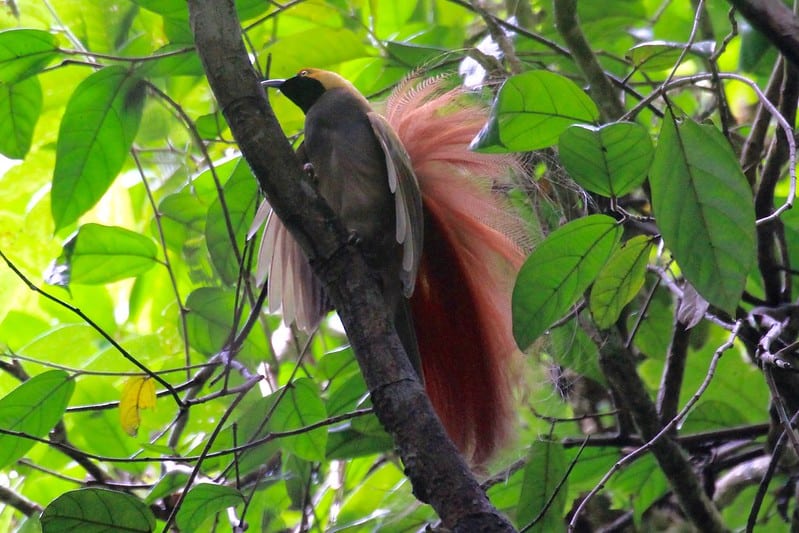
In the remote valleys of Papua New Guinea, Goldie’s Bird-of-Paradise displays its vibrant plumage. Males, with their yellow and green feathers and long tail wires, perform elaborate dances to attract females. They nest high in the canopy of dense rainforests, far from human disturbance. These birds are symbols of the rich biodiversity found in these hidden regions. Observing their courtship rituals is a true privilege.
Kokako (Callaeas wilsoni)
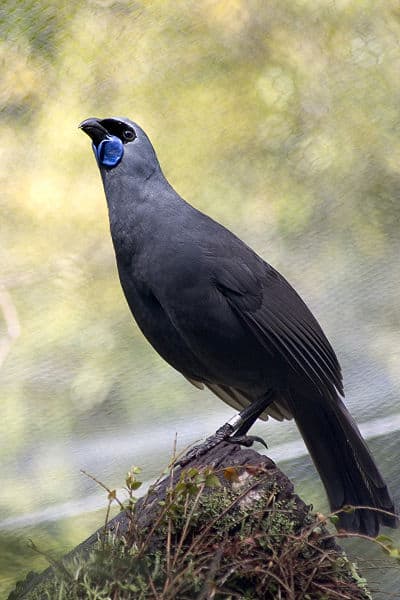
New Zealand’s hidden valleys are home to the Kokako, known for its haunting, bell-like song. This bird, with its blue-grey plumage and distinctive wattles, is a forest dweller. They nest in the canopy of native forests, preferring areas with minimal human interference. Habitat restoration has been key to their survival, as their numbers have been critically low. Hearing the Kokako’s song is a magical experience for those lucky enough to encounter it.
African Green Broadbill (Pseudocalyptomena graueri)
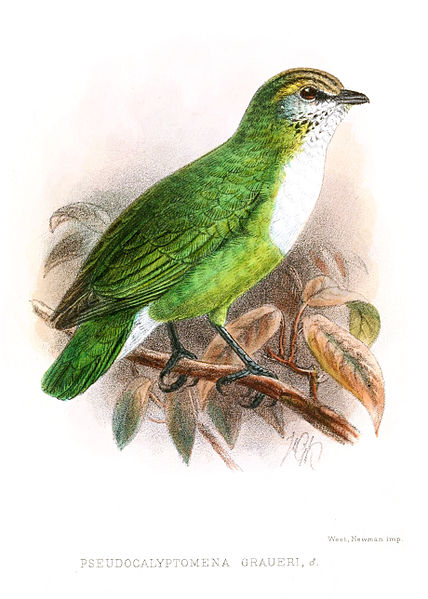
Deep within the Itombwe Mountains of the Democratic Republic of Congo, the African Green Broadbill nests in secluded valleys. This small, vibrant green bird blends seamlessly with the lush forest foliage. They build their nests in dense undergrowth, making them difficult to spot. Their diet consists mainly of fruits and insects found in the lower canopy. Protecting their habitat is vital for the preservation of this rare species.
Kakapo (Strigops habroptilus)
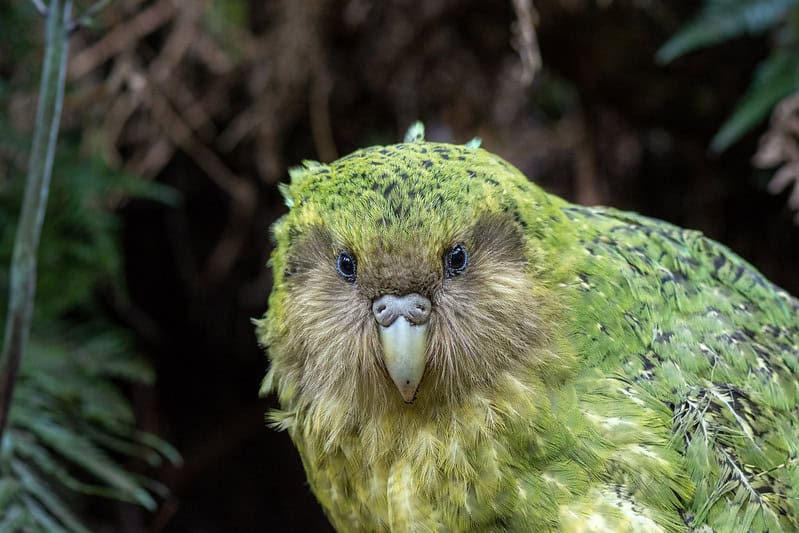
The remote valleys of New Zealand shelter the critically endangered Kakapo. This nocturnal, flightless parrot has moss-green plumage and a distinct owl-like face. They nest on the ground in hidden burrows or under dense vegetation. Conservation efforts, including translocation to predator-free islands, have been crucial for their survival. The Kakapo’s unique behaviors and rarity make it a symbol of New Zealand’s natural heritage.
This article originally appeared on Rarest.org.
More From Rarest.Org
Collecting classic firearms is a passion shared by many enthusiasts worldwide. These historical pieces not only represent significant milestones in firearm development but also hold immense value. Read more.
Exploring unique art techniques can expand your creative horizons. Many rare and unusual methods offer distinct and mesmerizing results. This article delves into some of these fascinating techniques. Read more.
Ancient civilizations have shaped our world in countless ways, but many remain under the radar. This article explores some lesser-known ancient civilizations and their remarkable achievements. Read more.


